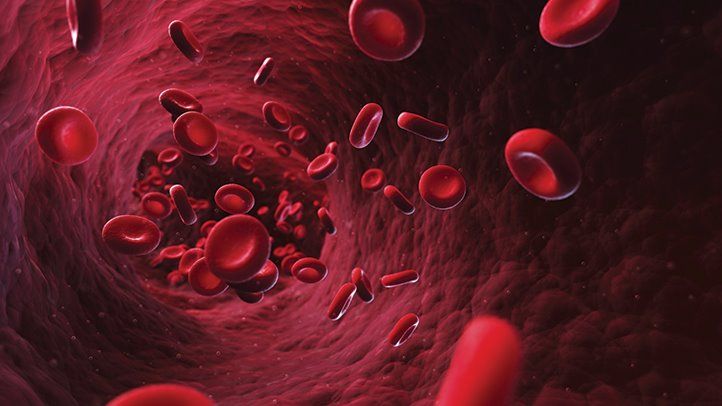Anemia is an illness where the body is unable to carry adequate oxygen to its tissues due to a lack of healthy red blood cells. This condition leads to persistent fatigue and weakness, but there are several ways to prevent it. There are four types of this blood disorder with varying causes, and the symptoms can range from mild to severe. Let’s look at the types of anemia and their risk factors.
- Aplastic anemia
This is a rare and serious illness that can affect people of any age and can either develop suddenly or gradually with time. In this condition, damaged stem cells lead to a deficiency of healthy blood cells in the body.
The common causes of aplastic anemia are the stem cells being attacked by the immune system or the bone marrow being injured, rendering it unable to produce healthy blood cells. - Iron deficiency anemia
This is a common type of anemia that results from a deficiency of iron, which leads to a lack of adequate red blood cells. This condition leads to persistent tiredness and shortness of breath, but it can be treated by taking iron supplements regularly if there are no other complications. That said, one should take supplements only after consulting a doctor.
Tiredness and shortness of breath cannot be enough for a diagnosis, so one should see a doctor for proper diagnosis and treatment instead of self-treating. - Sickle cell anemia
Blood cells are normally shaped to be round and flexible so that they can easily move through the blood vessels, but sickle cell anemia causes them to be shaped like sickles. This makes their movement difficult as they get stuck in small blood vessels, blocking oxygen to various parts of the body.
Unfortunately, there is no cure for the disease as of yet, but there are several ways to manage the symptoms. - Thalassemia
This is an inherited type of anemia that causes the body to have less hemoglobin than required. The symptoms can be managed by following a healthy diet and exercising regularly. Severe thalassemia requires regular blood transfusions and might even require a stem cell transplant for treatment.
The risk factors for this type of anemia include a family history of the illness and ancestries like African-Americans, who face a higher risk of developing the condition. - Vitamin deficiency anemia
Low levels of folate and vitamins B12 and C can lead to this condition. This illness is triggered either due to a lack of these vitamins in the diet or the body’s inability to absorb these nutrients. The diagnosis needs to be done by a professional who can understand the cause and prescribe treatment accordingly.
If the diet lacks nutrients and vitamins that help in red blood cell production, it could put an individual at an increased risk of developing this illness. Along with food, factors like intestinal disorders, menstruation, pregnancy, chronic conditions, and even a family history could put an individual at a higher risk of developing any type of anemia.

